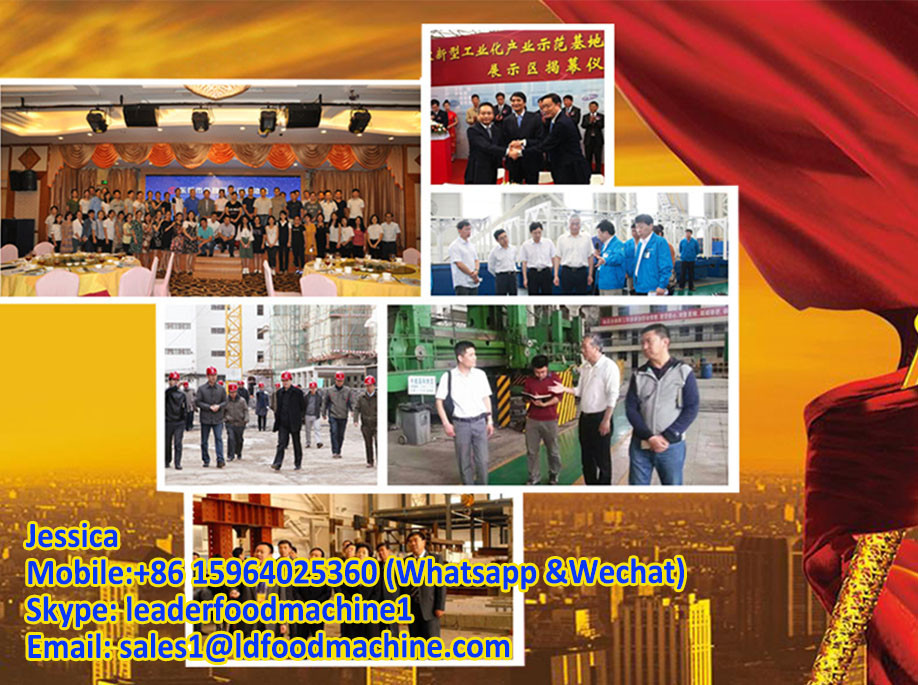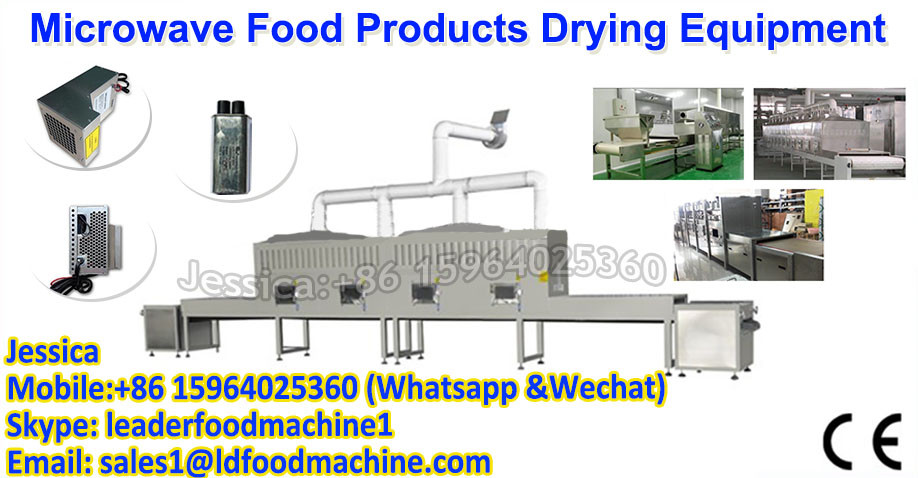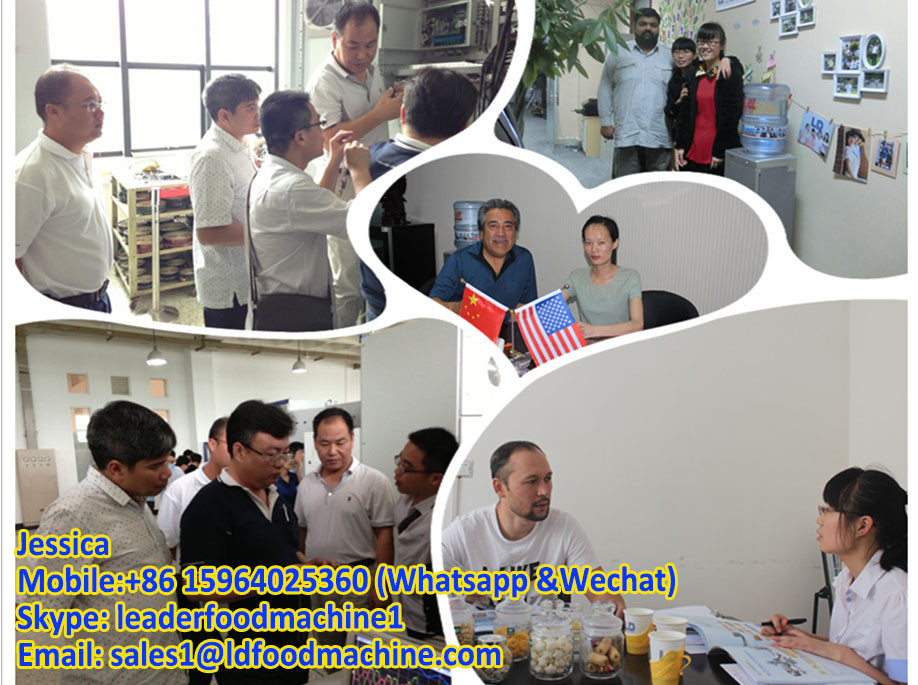|
Descriptions:
PLG Series Continual Plate Dryer is a kind of high effective conducting and continuous drying equipment. Its unique structure and operating principle determine that it has advantages of high heat efficiency, low energy consumption, small occupying area, simple configuration, easy operating and control as well as friendly operating environment etc. It can be widely used in drying process in the fields of chemical industry. Pharmaceuticals, agricultural chemicals, foodstuff, fodder, process of agricultural and sideline products etc, and is well received by various sectors in their practical usage. Now there are three big categories, named normal pressure, closed and vacuum styles; four sizes of 1200, 1500, 2200 and 3000; and three kinds of materials, namely A(carbon steel), B(stainless steel used for those all parts where materials are contacted) and C(on the basis of B to add stainless steel materials for vapor pipes, main shaft and support, and stainless steel linings for cylinder body and top cover). With a drying area being from 4 to 180 square metres, now we have hundreds of models of series products and various kinds of auxiliary devices available to meet requirements of drying materials for customers.
Features:
(1) Easy control, wide application
1. Regulate thickness of materials, rotating speed of main shaft, number of harrow’s arm, style of and sizes harrows achieve best drying process.
2. Each layer of drying plate can be fed with hot or cold media individually to heat or cold materials and make temperature control accurate and easy.
3. Dwell time of materials can be accurately adjusted.
4. Single flowing direction of materials without return flowing and mixing, uniform drying and stable quality, no re-mixing is required.
(2) Easy and simple operation
1. Start stop of dryer is quite simple
2. After material feeding is stopped, they can be easily discharged out of the products by harrows.
3. Careful cleaning and observation can be carried inside the equipment through large-scale viewing window.
(3) Low energy consumption
1. Thin layer of materials, low speed of main shaft, small power and energy required for conveying system of materials.
2. Dry by conducting heat so it has high heating efficiency and low energy consumption.
(4) Good operation environment, solvent can be recovered and powder discharge meet the requirements of exhaust.
1. Normal pressure type: as low speed of air flow inside the equipment and moisture being high in upper part and low in lower part, dust powder couldn’t float to the equipment, so there is almost no dust powder in tail gas discharged from the moist discharge port on the top.
2. Closed type: equipped with solvent recovery device that can recover organic solvent easily from moist-carrier gas. The solvent recovery device has simple structure and high recovery rate, and nitrogen can be used as moist-carrier gas in closed circulation for those subject to burning, explosion and oxidation, and poisonous materials in order for safe operation. Especially suitable for drying of flammable, explosive and poisonous materials.
3. Vacuum type: if the plate dryer is operating under vacuum state, it is particularly suitable for drying heat sensitive materials.
(5) Easy installation and small occupying area.
1. As the dryer is in a whole for delivery, it is quite easy to install and fix at site only by hoisting.
2. As drying plates being arranged by layers and installed vertically, it takes a small occupying area though drying area is large.
Applications:
Drying, heat decomposition, combustion, cooling, reaction, and sublimation
1. Organic chemicals
2. Mineral chemicals
3. Pharmaceutical and foodstuff
4. Feed and fertilizer
Features of technology:
1.Drying plate
(1). Designing pressure: general is 0.4MPa, Max. can reach 1.6 Mpa.
(2).Work pressure: general is less then 0.4Mpa, and Max. can reach 1.6 Mpa.
(3).Heating medium: steam, hot water, oil. When the drying plates’ temperature is 100°C, hot water can be used; when 100°C~150°C, it will be saturated water steam ≤0.4Mpa or steam-gas, and when 150°C~320°C, it will be oil.
2.Material transmission system
(1).headstock revoluton:1~10 rpm, electromagnetism of transducer timing.
(2).harrow arm: There are 2 to 8 pieces arm that be fixed on the headstock on the every layers.
(3). Harrow’s blade: Surrounding the harrow’s blade, float together with the surface of the plate to keep contact. There’re various of types.
(4). Roller: for the products easily agglomerate, or with the requirements of grinding, the heat transfer and drying process might be reinforced by placing roller(s) at the appropriate place(s).
3. Shell There’re three types for option: normal pressure, sealed and vacuum
(1). Normal pressure:
(2). Sealed: Cylindrical shell, could bear the interior pressure of 5KPa, the main ducts of the inlet and outlet of heating media might be inside of the shell or outside.
(3). Vacuum: Cylindrical shell, could bear the exterior pressure of 0.1MPa. The main ducts of inlet and outlet is inside of the shell.
4. Air heater:
Normal for the application of big evaporation capacity to increase drying efficiency.
Principle:
Wet materials are fed continuously to the first dryinglayer on the top of the dryer. They will be turned and stirred by rakes when the rake arm rotates and drop down to the outer edge of the large drying plate along the exponential helical line. On the small drying plate they will be moved to its outer edge and drop down to the outer edge of the large drying plate underneath, and will be moved inward and drop down from its central hole to the small drying plate on the next layer. Both small and large drying plates are arranged alternately so as materials can go through the whole dryer continuously. The heating media, Which could be informs of saturated steam, hot water or heat conducting oil will be led into hollow drying plates from one end to the other end of the dryer. The dried materials will drop from the last layer of the drying plate to the bottom layer of the shell body, and will be moved by rakes to the dischargeport. The moisture escapes from materials and will be removed trom the moist discharge port on the top cover, or sucked out by the vacuum pump on the top cover for vacuum-type plate dryer. The dried materials discharged from the bottom layer can be packed directly. The drying capability can be raised up if equipped with supplementary devices such as finned heater, condenser for solvent retrieval, bag dust remover, return and mix mechanism for dried materials and drawing fan etc. Solvent in those dried paste and heat sensitive materials can be easily retrieved, and thermal decomosition and reaction can be also carried out.
| Type |
(mm)
Diameter |
Height(mm) |
Dryingarea (m2) |
Power(KW) |
Type |
(mm)
Diameter |
Height(mm) |
Drying area (m2) |
Power(KW) |
| 1200/4 |
1850 |
2608 |
3.3 |
1.1 |
2200/18 |
2900 |
5782 |
55.4 |
5.5 |
| 1200/6 |
3028 |
4.9 |
2200/20 |
6202 |
61.6 |
| 1200/8 |
3448 |
6.6 |
1.5 |
2200/22 |
6622 |
67.7 |
7.5 |
| 1200/10 |
3868 |
8.2 |
2200/24 |
7042 |
73.9 |
| 1200/12 |
4288 |
9.9 |
2200/26 |
7462 |
80.0 |
| 1500/6 |
2100 |
3022 |
8.0 |
2.2 |
3000/8 |
3800 |
4050 |
48 |
11 |
| 1500/8 |
3442 |
10.7 |
3000/10 |
4650 |
60 |
| 1500/10 |
3862 |
13.4 |
3000/12 |
5250 |
72 |
| 1500/12 |
4282 |
16.1 |
3.0 |
3000/14 |
5850 |
84 |
| 1500/14 |
4702 |
18.8 |
3000/16 |
6450 |
96 |
| 1500/16 |
5122 |
21.5 |
3000/18 |
7050 |
108 |
13 |
| 2200/6 |
2900 |
3262 |
18.5 |
3.0 |
3000/20 |
7650 |
120 |
| 2200/8 |
3682 |
24.6 |
3000/22 |
8250 |
132 |
| 2200/10 |
4102 |
30.8 |
3000/24 |
8850 |
144 |
| 2200/12 |
4522 |
36.9 |
4.0 |
3000/26 |
9450 |
156 |
15 |
| 2200/14 |
4942 |
43.1 |
3000/28 |
10050 |
168 |
| 2200/16 |
5362 |
49.3 |
5.5 |
3000/30 |
10650 |
180 |
Remarks:Some of the parameters are for reference only.When design they will change according |







